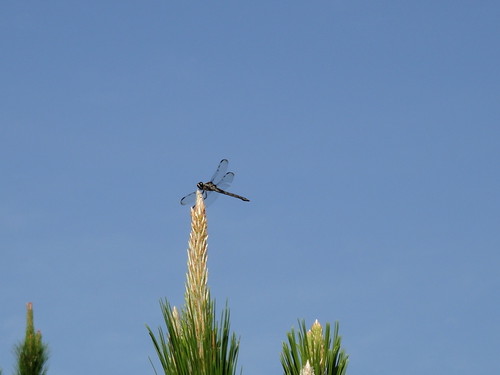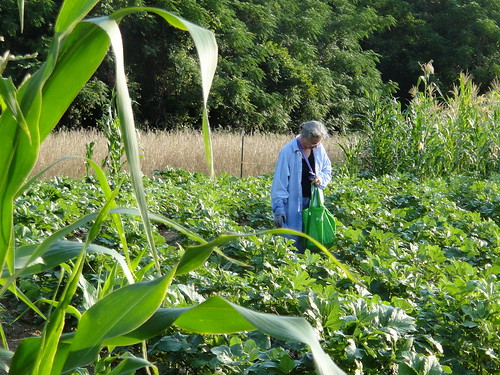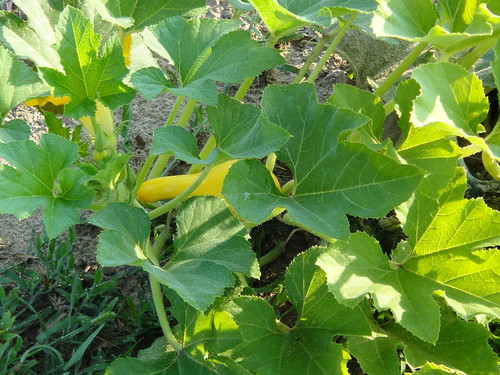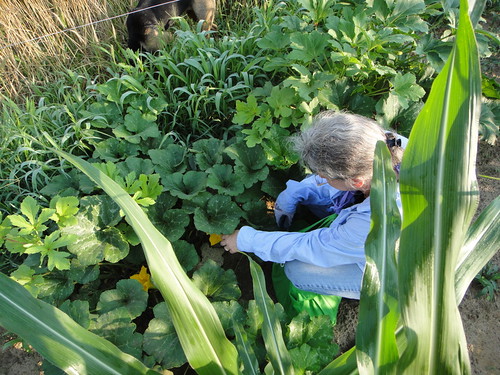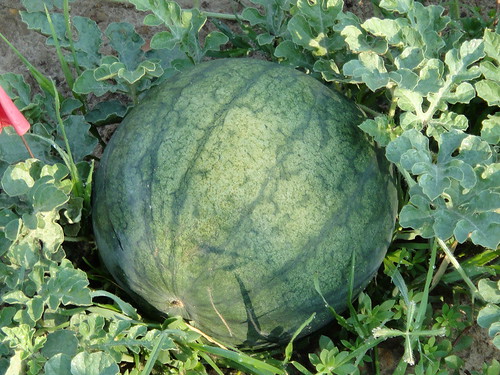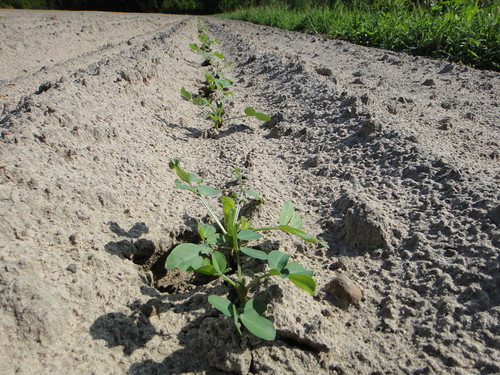Yep, it’s a timber rattler. You can’t see the rattles in this picture (although you can in these other ones by Gretchen), but it had three.
So I put it in a box. It didn’t like that: it really rattled. We drove it to a better spot in the woods, where it’s very happy now.
Good dogs, Yellow Dog and Brown Dog! They notified us but did not try to bite the snake.
Pictures by John S. Quarterman and Gretchen Quarterman, Lowndes County, Georgia, 1 June 2011.
-jsq
Update 8:45 AM 3 July 2011: Fixed picture link and added link to flickr set with Gretchen’s additional pictures.

